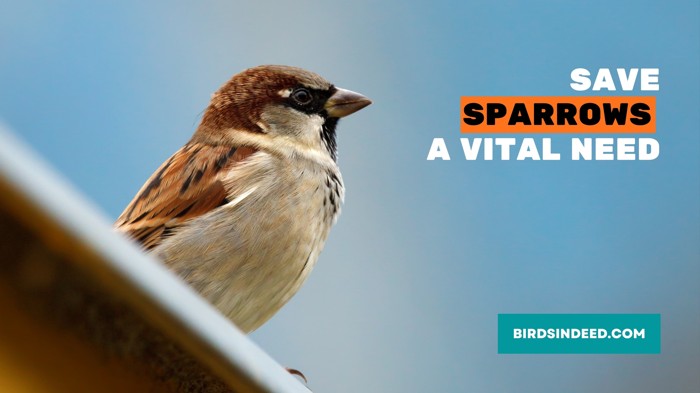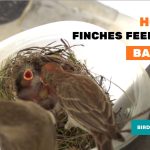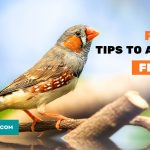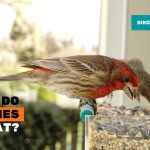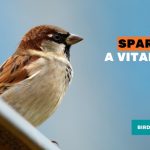Sparrows, those tiny birds that have always been a familiar sight in our neighborhoods, are facing a silent crisis. Their numbers have been declining rapidly in recent years, and if we don’t take action soon, we may lose them forever. Why do we need to save sparrows, you might wonder?
Well, these seemingly ordinary creatures play a vital role in our ecosystem and have a profound impact on our daily lives. In this article, I will discuss the importance of sparrows, their decline, and why it is crucial for us to step up and protect these little avian companions. Join me as I sink into the world of sparrows and discover why they deserve our attention and conservation efforts.
Contents
Importance Of Sparrows
One of our oldest avian friends, sparrows, play a crucial role in maintaining biodiversity and ecological balance. As indicator species, their presence or absence in an area can provide valuable insights into the health of an ecosystem. Their diverse diet and foraging habits contribute to seed dispersal, promoting plant growth and regeneration. By occupying various niches and interacting with other species, sparrows help maintain the delicate balance of nature. Additionally, their decline can serve as a warning sign of environmental changes and potential threats to the overall ecosystem.
Let’s have a look at the important roles of sparrows in our world:
Importance in Ecosystem
It is necessary to understand the importance of sparrows in our ecosystem. Sparrows are small, seed-eating birds that play a vital role in controlling the population of insects and other small animals. They also help to pollinate plants and disperse seeds, which helps to maintain the balance of nature. Additionally, sparrows are a popular food source for many predators, such as hawks and owls, and they also serve as an important food source for many other species.
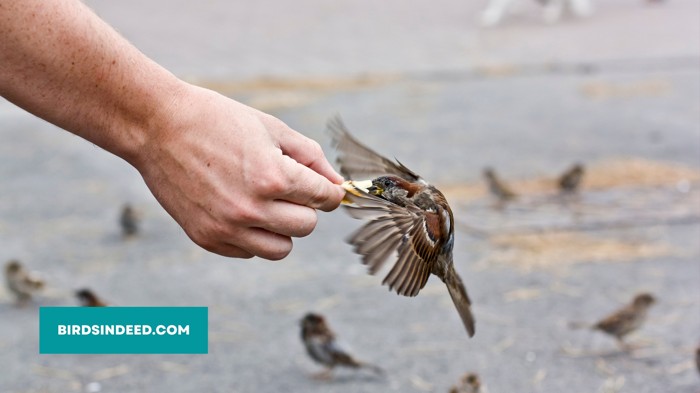
Crucial Role in Pollination
We must save sparrows because they are important pollinators. They eat nectar and pollen from flowers, which helps spread seeds and grow new plants. This is especially crucial in urban areas with limited green spaces, where birds’ pollination is vital for plants to survive. In urban areas, where green spaces are often limited, the presence of sparrows becomes even more vital as they contribute to the survival of plants through their pollination activities. By saving sparrows, we are not only preserving a species but also ensuring the sustainability and resilience of urban ecosystems.
Natural Pest Controllers
In addition to their role as pollinators, sparrows also serve as natural pest controllers. They have a diverse diet that includes insects such as aphids, caterpillars, and beetles, which are known to damage crops. By feeding on these pests, sparrows help to keep their populations in check, reducing the need for chemical pesticides and promoting healthier, more sustainable agricultural practices.
Their presence in agricultural areas is particularly valuable, as they contribute to maintaining the balance of the ecosystem and protecting crop yields. Saving sparrows is not only beneficial for the birds themselves but also for the overall health and productivity of agricultural systems.
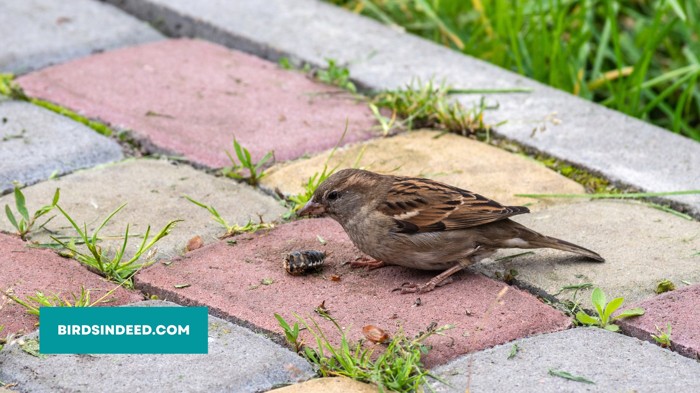
Disease Prevention
Furthermore, sparrows feed on larvae of mosquitoes and insects responsible for spreading diseases like malaria and dengue. By reducing the population of these disease-carrying insects, sparrows indirectly contribute to public health and help minimize the transmission of harmful diseases. One of the key reasons, why we should create a sparrow-friendly environment!
Historical & Symbolic Significance
Another reason to save sparrows is their cultural significance and heritage. Sparrows have been intertwined with human history for millennia, finding representation in various forms of artistic expression, literature, and folklore. They symbolize resilience, joy, and prosperity, serving as a beacon of hope and good fortune.
However, sparrow is a representation of God’s concern for even the tiniest and most inconsequential life forms in the Bible. The sparrow, which also pulls the chariot of the Love Goddess, is referred to in Roman mythology as one of Venus’ holy creatures. This tenacious bird is also a representation of love and lust in popular poetry and prose.
Their presence in urban areas fosters a sense of community and well-being, enhancing the overall cultural fabric of our cities and towns. By preserving sparrow populations, we honor our shared cultural heritage and ensure that future generations can continue to appreciate and benefit from these beloved birds.
Reasons Behind The Decline Of Sparrows
Despite the importance of sparrows, their populations have been declining rapidly in recent years. This is due to a number of factors, including habitat loss, pesticide use, radiation from cell phone towers, light pollution, and the introduction of non-native species. In order to save sparrows, it is important that we take steps to address these issues and protect their habitats.
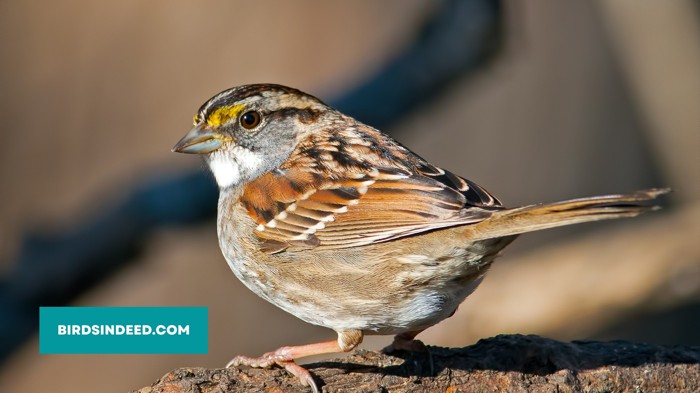
Habitat Loss
The main reason behind the decline of sparrows is the loss of their natural habitats. As human populations continue to grow, more and more land is being developed for housing, agriculture, and other uses. This leads to the destruction of natural habitats, such as fields, forests, and wetlands, which are crucial for the survival of sparrows and other wildlife.
Pesticide Usage
The negative impact of pesticides and other chemicals in agriculture extends to sparrow populations, diminishing their food sources and posing direct threats to these birds. Modern agriculture practices have been one of the key reasons for the decline of sparrows. It is crucial to reconsider the use of such methods, for they contradict the wisdom encapsulated in the Cree Indian Proverb: “When the last tree has been cut down, the last fish caught, the last river poisoned, only then will we realize that one cannot eat money.”
This proverb serves as a powerful reminder that prioritizing short-term gains at the expense of our environment ultimately leads to irreversible consequences, emphasizing the need for sustainable and ecologically responsible practices in agriculture.
Urban Development
The loss of tree cover and shrubs is caused by human activities like urban development. Buildings, malls, and infrastructure replace vital vegetation that sparrows depend on. This loss disrupts their nesting sites, food sources, and protective cover. Preserving tree cover and shrubs is crucial for maintaining healthy sparrow populations and preserving biodiversity.
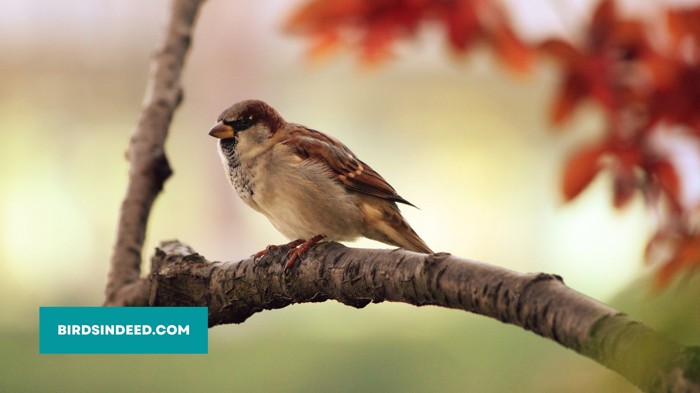
Radiation
The relatively new occurrence of cell phone radiation just makes their problems worse. Cell phone towers emit radiation and electromagnetic fields that are detrimental to sparrows. Additionally, if it is bad for sparrows, it is bad for us humans as well. The impacts can harm the nervous system and immune system of sparrows as well as interfere with their navigating sensors.
Light Pollution
Another major factor contributing to the decline of sparrows is the increase in the use of artificial lighting. Sparrows are diurnal birds, which means that they are active during the day and rest at night. Artificial lighting, however, can disrupt the natural patterns of light and dark, causing sparrows to become active at night and reducing their ability to find food and mates.
How Can We Help The Sparrows?
To save sparrows, we must take a multi-pronged approach. One of the most important steps is to protect and preserve natural habitats. This can be done by creating wildlife corridors, which connect fragmented habitats and allow sparrows and other wildlife to move freely. Additionally, we must also reduce the use of pesticides and other chemicals in agriculture and find sustainable alternatives. In this section, we’ll discuss the steps we can take to save and protect sparrows in the following manner:
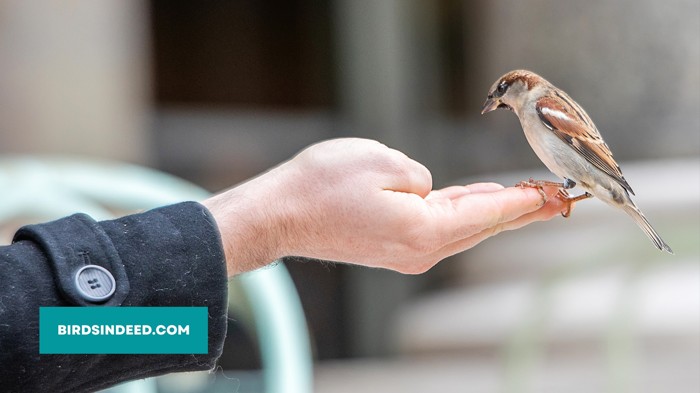
Natural Habitats
Developing bird-friendly habitats in urban areas is the best strategy for saving sparrows. This can be accomplished by planting native trees, plants, and bushes, creating places for birds to nest, and using fewer insecticides. The survival of sparrows and other bird species can be ensured by providing suitable habitats in urban areas.
Reduce Pesticide Usage
Reducing the use of pesticides is another approach to protecting sparrows. Pesticides can be toxic to birds, and their use can lead to a decline in sparrow populations. By using alternative methods of pest control, such as biological control or integrated pest management, we can help to reduce the impact of pesticides on sparrows and other bird species.
Radiation and Light Pollution
Another important step is to reduce the use of artificial lighting. This can be done by using LED lights, which are more energy-efficient and emit less light pollution. Additionally, we can also install motion sensors, which turn off lights when they are not needed. Furthermore, we must make sure our neighborhoods have fewer cell phone towers, reduce cell phone usage, and create a radiation-free area for humans, sparrows, and other birds.
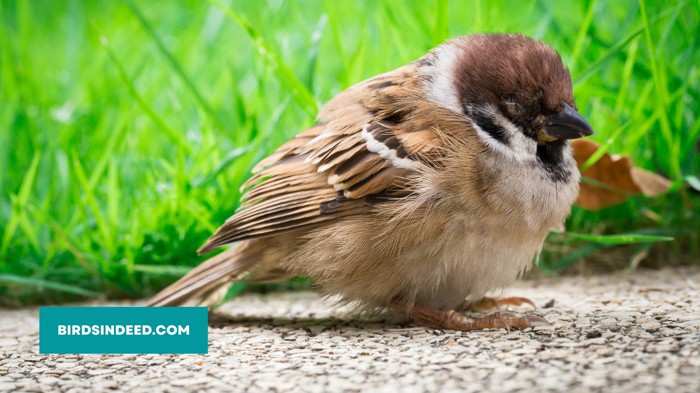
Reduce Vehicle Pollution
Choose high-quality fuel and maintain your vehicle for a cleaner environment and to safeguard sparrows. Opt for cleaner fuels like unleaded gasoline or low-sulfur diesel to reduce harmful emissions. Regularly tune your engine, replace air filters, and maintain proper tire inflation to minimize pollution. Taking these steps helps preserve sparrow habitats and promotes their well-being.
Food, Water, and Shelter
You can also help sparrows by providing food, water, and nesting sites. Sparrows feed on a variety of seeds and insects, so you can provide them with food by planting native trees and bushes in our gardens. You can also provide nesting sites by installing birdhouses or building nesting boxes to attract them in your backyard. In order for the birds to survive, ensure that they have access to food and clean water in your area. Keep some grains and a bowl of water in your yard or a nearby open space so that birds can come to drink and eat there, especially during the summer.
Raising Awareness
To help sparrows, you can raise awareness about their decline and the need to save them. You can share information about sparrows with our loved ones, join local conservation efforts, and support organizations like the Sparrow Society and the Royal Society for the Protection of Birds (RSPB). These organizations work tirelessly to protect sparrows and their habitats. By supporting them, we ensure sparrows receive the necessary protection to survive.
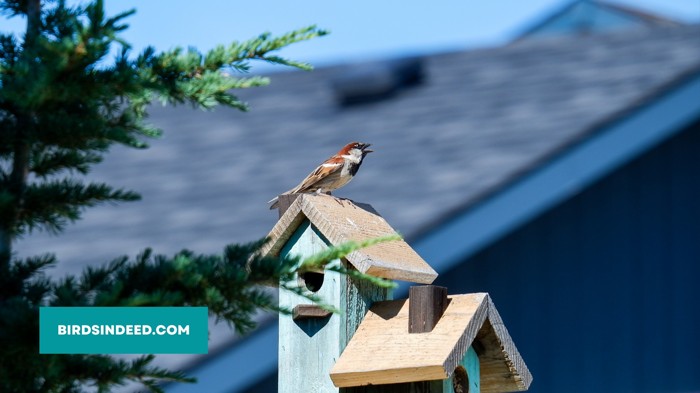
That’s All, Folks!
That’s it! We have explored the reasons why saving sparrows is crucial for our environment and our daily lives. From their role as important pollinators to their impact on plant growth, sparrows play an irreplaceable part in maintaining a healthy ecosystem, especially in urban areas. By raising awareness, supporting local conservation efforts, and backing organizations dedicated to sparrow protection, we can make a difference. Let’s ensure that these little birds continue to thrive and grace our neighborhoods with their cheerful presence. Together, we can help save sparrows and preserve the delicate balance of our natural world.
Hyeat is the founder of Birds Indeed, a blog dedicated to all things avian. With a passion for birds and a deep understanding of their behavior, Hyeat shares their knowledge and experiences with readers. Join Hyeat on their journey to learn more about the diverse and beautiful world of birds.

